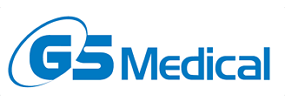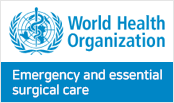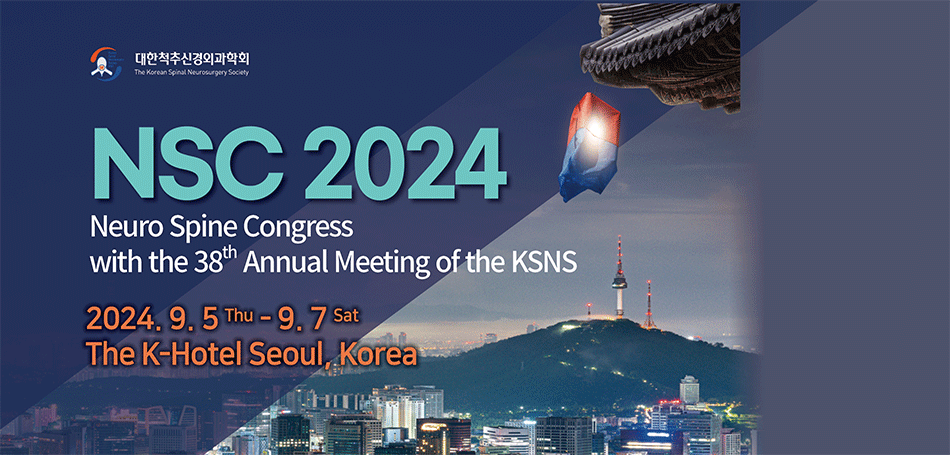| Radiologic Adjacent Segment Degeneration and Clinical Outcome after Two Level Fusion (L3-4-5 and L4-5-S1) in Degenerative Lumbar Spinal Disease. |
|
Seong Son, Do Young Kim, Sang Gu Lee, Woo Kyung Kim, Chan Woo Park, Deuk Soo Jun |
1Department of Neurosurgery, Gachon University of Medicine & Science, Gil Hospital, Incheon, Korea. samddal@gilhospital.com
2School of Medicine, Gachon University of Medicine & Science, Incheon, Korea.
3Department of Orthopedics, Gachon University of Medicine & Science, Gil Hospital, Incheon, Korea. |
|
|
|
|
| Abstract |
OBJECTIVE
We retrospectively analyzed correlation of the development of radiologic adjacent segment degeneration (ASD), clinical outcome, and the vertebral level of fusion in two-level posterior lumbar fusion cases. Furthermore, risk factors of ASD were investigated.
METHODS
From 2000 to 2007, a total of 50 patients were evaluated. Their mean age was 55.0 years and mean follow-up period was 52.7 months. The patients were divided into two groups according to the vertebral level of the fused segment. Group I included 35 patients with L3-4-5 fusion, while 15 patients with L4-5-S1 fusion were categorized into group II. The patients were also divided into two groups, according to the development of ASD. Odom's criteria was used to study clinical outcome, and Cobb's angle was used to evaluate radiologic outcome RESULTS: Of 50 patients, radiologic ASD was found in 24 (48.0%) patients. Group I showed 16 (45.7%) patients with ASD, while Group II showed 8 (53.3%) patients with ASD, and they did not show a significant difference in development of ASD and clinical outcome. Clinical outcome of patients with ASD and the ones without ASD did not show significant difference. Meanwhile, patients with ASD were older and showed decrease of the lordotic angle, as well as significant hypermobility in the cranial adjacent segment, during follow-up.
CONCLUSION
Different vertebral regions of fusion in two-level posterior lumbar fusion did not show significant difference in development of radiologic ASD and clinical outcome. In the development of ASD, decrease of the lordotic angle, hypermobility in the cranial adjacent segment and age were significant factors. |
| Keywords:
Spinal fusion;Postoperative complication;Lumbar vertebrae;Sacrum |
|

 PDF Links
PDF Links
 Full text via DOI
Full text via DOI
 Download Citation
Download Citation





























